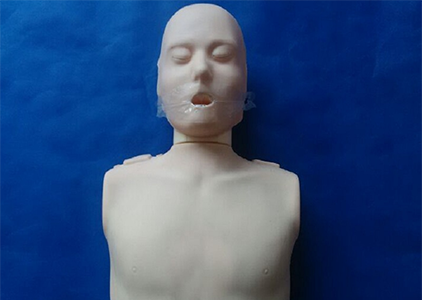
Phlebotomy is an emergency technique used in specific situations to quickly establish a stable venous access to the patient, especially if routine venipuncture is not successful or the patient has complex venous conditions. By cutting through the skin and the wall of the vein, the doctor can insert the catheter directly, ensuring a rapid infusion of fluids, drugs, and nutrients. This procedure, while invasive, is of critical importance in clinical care, especially in emergency and intensive care Settings.

The views of industry experts
In the field of clinical medicine, many experts believe that phlebotomy is an effective means to solve the difficulty of venous access in patients with acute diseases, especially in emergency situations where rapid access to medication or fluid support is required. For example, in cases of acute cardiac arrest, multiple organ failure, severe trauma, etc., the application of phlebotomy ensures that doctors can treat patients quickly and reduce treatment delays. Due to the high failure rate of venipentesis, especially for obese patients or those with conditions such as diabetes, venipentesis becomes the "last line of defense" to ensure access.
Experts pointed out that the success of vein incision not only depends on the technical level of the doctor, but also closely related to the physical condition of the patient. When vascular conditions are poor and routine venipuncture is difficult, venipuncture can effectively make up for the shortcomings of other techniques and ensure that patients can receive timely treatment.
Data support
Statistics show that in some areas of emergency care, vein incision can significantly improve treatment outcomes. In a study of critically ill patients, it was found that when routine venipunctures failed, venotomy helped establish stable access, and the success rate of drug infusion and fluid replacement increased to more than 95%. It's a significantly higher success rate than normal venipuncture.
In addition, in patients in the intensive care unit (ICU) and emergency department, the use of the phlebotomy model helps to reduce the time patients have to wait for fluids and medications, thus speeding up the treatment process. Especially in cases where large amounts of fluids or drug support are required in a short period of time, venotomy can significantly improve patient survival.
Clinical application and significance
The clinical significance of phlebotomy is mainly reflected in the following aspects:
1. Rapid establishment of venous access : Venous incision can establish a stable venous access for the patient in a short time, ensuring that the treatment is not hindered. In the acute ward, where antibiotics, painkillers, or fluids urgently needed to be replenished in intensive care are given quickly, intravenous dissection ensures uninterrupted drug infusion.
2. Improve the effectiveness of treatment : In first aid, time is of the essence. Phlebotomy ensures that treatment is not delayed due to venous access problems and buys valuable treatment time for patients, especially in cases of cardiac arrest, severe infections, etc.
3. For high-risk patients : Patients with poor venous conditions caused by obesity, diabetes, cirrhosis, etc., are prone to failure of routine puncture. Venotomy provides a more reliable solution for these high-risk groups, ensuring the timeliness and effectiveness of treatment.
4. Reduce the risk of complications : Although venotomy is an invasive procedure, it reduces the occurrence of complications such as venous injury and infection caused by repeated puncture compared to the use of central venous catheters for a long time.
Summary
The role of phlebotomy in emergency and critical treatment should not be ignored. It improves patient outcomes by rapidly establishing venous access, especially providing doctors with an effective alternative when conventional puncture is not successful. According to existing clinical data, venotomy can not only improve the success rate of drug and liquid infusion, but also accelerate the treatment process and reduce treatment delays. Especially for some high-risk groups, venotomy has become a key technology to save lives. Therefore, the clinical application of phlebotomy, especially in the field of emergency and intensive care, still occupies a very important position.







Sophie Asveld
February 14, 2019
Email is a crucial channel in any marketing mix, and never has this been truer than for today’s entrepreneur. Curious what to say.
Sophie Asveld
February 14, 2019
Email is a crucial channel in any marketing mix, and never has this been truer than for today’s entrepreneur. Curious what to say.